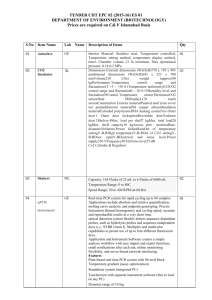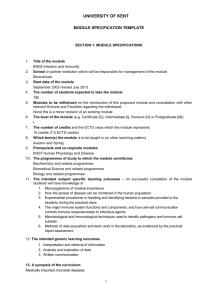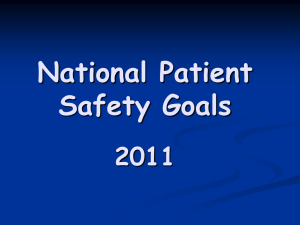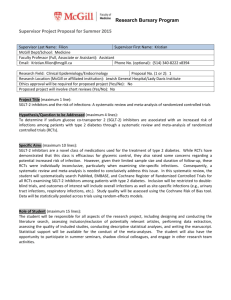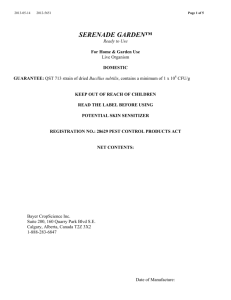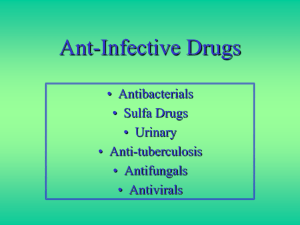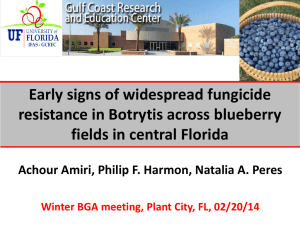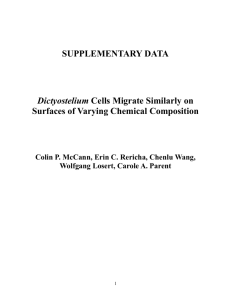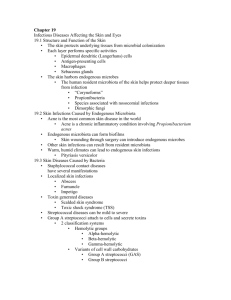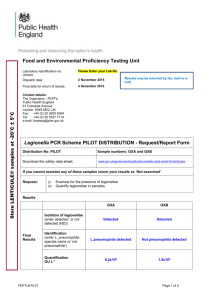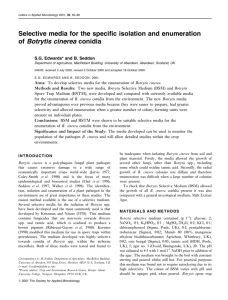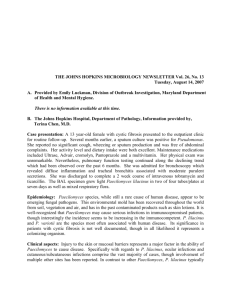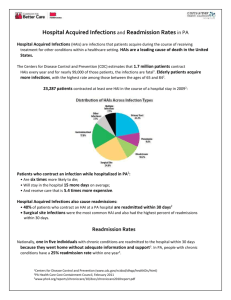Detection and Quantification of Botrytis
advertisement
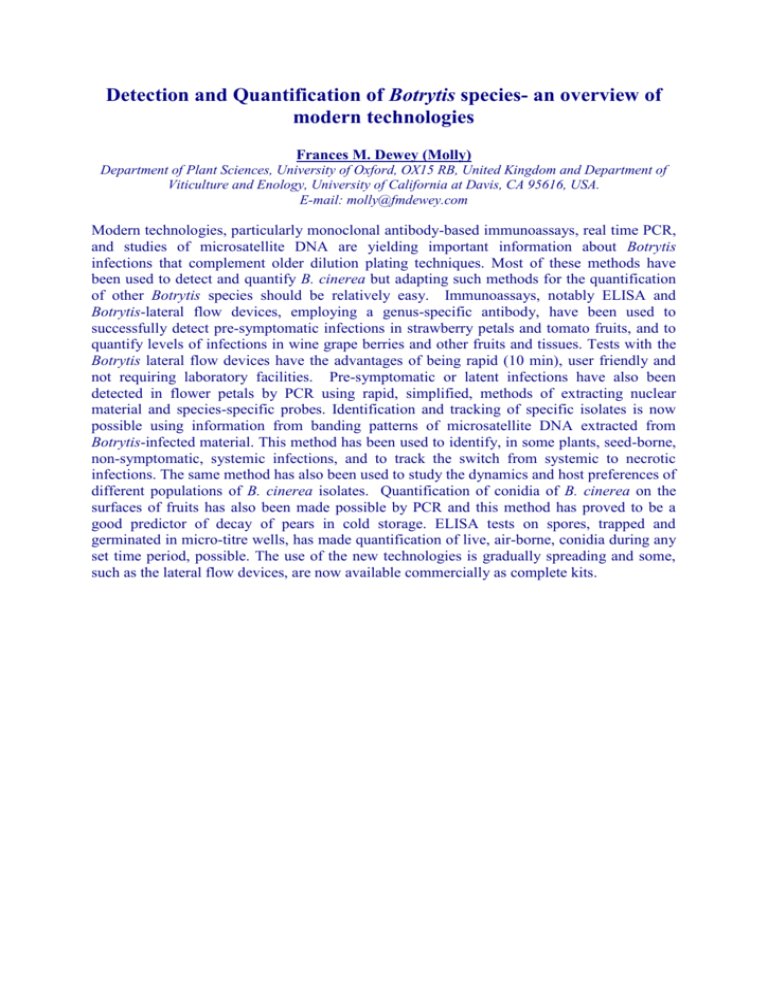
Detection and Quantification of Botrytis species- an overview of modern technologies Frances M. Dewey (Molly) Department of Plant Sciences, University of Oxford, OX15 RB, United Kingdom and Department of Viticulture and Enology, University of California at Davis, CA 95616, USA. E-mail: molly@fmdewey.com Modern technologies, particularly monoclonal antibody-based immunoassays, real time PCR, and studies of microsatellite DNA are yielding important information about Botrytis infections that complement older dilution plating techniques. Most of these methods have been used to detect and quantify B. cinerea but adapting such methods for the quantification of other Botrytis species should be relatively easy. Immunoassays, notably ELISA and Botrytis-lateral flow devices, employing a genus-specific antibody, have been used to successfully detect pre-symptomatic infections in strawberry petals and tomato fruits, and to quantify levels of infections in wine grape berries and other fruits and tissues. Tests with the Botrytis lateral flow devices have the advantages of being rapid (10 min), user friendly and not requiring laboratory facilities. Pre-symptomatic or latent infections have also been detected in flower petals by PCR using rapid, simplified, methods of extracting nuclear material and species-specific probes. Identification and tracking of specific isolates is now possible using information from banding patterns of microsatellite DNA extracted from Botrytis-infected material. This method has been used to identify, in some plants, seed-borne, non-symptomatic, systemic infections, and to track the switch from systemic to necrotic infections. The same method has also been used to study the dynamics and host preferences of different populations of B. cinerea isolates. Quantification of conidia of B. cinerea on the surfaces of fruits has also been made possible by PCR and this method has proved to be a good predictor of decay of pears in cold storage. ELISA tests on spores, trapped and germinated in micro-titre wells, has made quantification of live, air-borne, conidia during any set time period, possible. The use of the new technologies is gradually spreading and some, such as the lateral flow devices, are now available commercially as complete kits.



